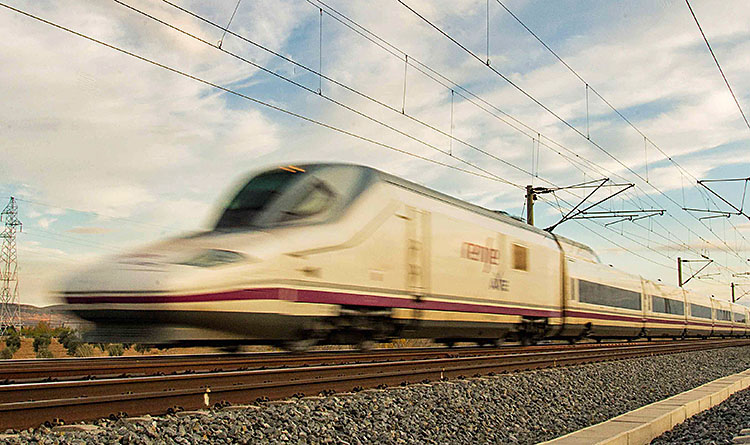The opening of the Madrid–Seville AVE was, certainly, a technological revolution for the world of Spanish railways, a leap forward that put us at the international cutting edge of the technology and construction of track and rolling stock. In a short time, high speed revitalised the railway and changed the modes of transport competing successfully with road and air travel. Through the trust of the Ministry, Renfe, and later Adif, Ineco began to participate in the development of high speed, working alongside many other Spanish engineering and construction firms.
In the start-up of the high-speed line, it was necessary to draw on practically all disciplines of civil engineering and architecture: alignment, geology and geotechnical engineering, structural calculation and design, underground works, hydrology and drainage, environmental recovery, railway infrastructure and superstructure, station design and remodelling, demand and traffic studies, the inspection of bridges, waterways and viaducts, load testing, track inspection and instrumentation, energy and substations, signalling, control centres, operation, etc.
In the start-up of the high-speed line, it was necessary to draw on practically all disciplines of civil engineering and architecture
That is why when Spain’s first high-speed line (and one of the first in the world) was inaugurated 25 years ago, the 250 km/h journey between Madrid and Seville (471 kilometres in under three hours) was for many people a triumph, a celebration almost as important as Expo’92, the major event with which the inauguration was timed to coincide.
Remembering these dates, we also recall those young Ineco engineers and technicians who, taking Renfe’s lead, had the opportunity to participate in this great project. Thanks to these humble beginnings and the expertise, rigour and talent of our professionals, companies in the Spanish rail sector today are more competitive and enjoy a well-deserved international recognition. An example of this is our participation in high-speed projects in Saudi Arabia, the United Kingdom, Turkey and India.
The UN’s Habitat III conference in Quito and the future role of transport in cities; the study of Europe’s main transport routes; modernisation works for a railway line in Turkey and the latest innovations in improving European air traffic; these are also important themes to analyse, and we hope that our readers find them enjoyable and interesting.






